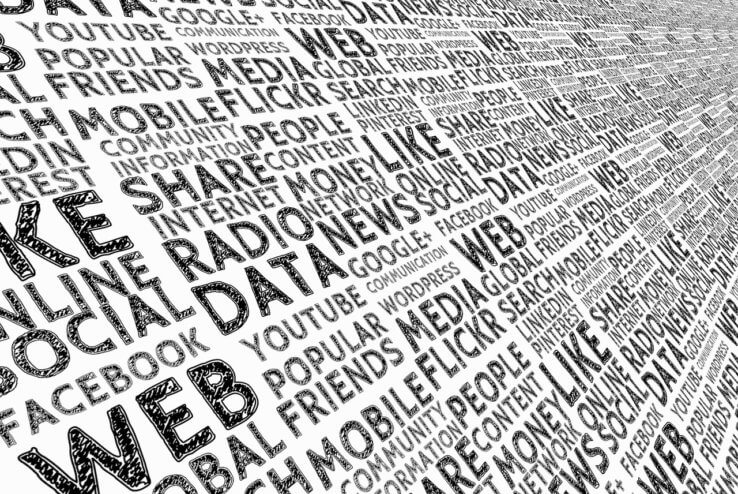Edvancer's Knowledge Hub
Metadata and Its importance

Though the word ‘Metadata’ is quite familiar to all of us, many of us are not very clear as to what exactly is metadata or why is it as important as data. Let us try to figure this out by plunging headlong!
Some common concepts about Metadata are:
Share this on





Follow us on




- Metadata is data that provides information about other data.
- Since Metadata summarizes basic information about data, it makes finding & working with particular instances of data easier.
- Metadata can be created manually to be more accurate, or automatically and contain more basic information.
- What
- When
- Where
- Who
- How
- Which
- Why
- Classes (general things, types of things)
- Instances (individual things)
- Relationships among things
- Properties of things
- Functions, processes, constraints, and rules relating to things.
ENHANCING DISCOVERABILITY IN METADATA WITH ONTOLOGIES
Take for example that we have with us a dataset of building permits. Naturally, we would like to compare the nature of our dataset of permits with another dataset of permits. As luck would have it, there exists a standard emerging for permit data called BILDS. On browsing the BILDS website, we observe a specification and that, as many as nine municipalities – are all using the BILDS specification. We can see a set of required standards for a permit dataset from the BILDS GitHub account. In this regard one may also like to have a look at Core Permits Requirements. If the schemas of those nine municipalities matched with our dataset, it can be said that they would be interoperable. But there is still the need to add some discoverable metadata around them. This is not so difficult now since all of these datasets share a similar schema. The metadata that we have could provide a standard definition for each column header type, implying that all the nine datasets would have an enhanced discoverability as well, helping us to know what to look for.OUR DATA ENRICHED WITH VALUABLE METADATA
At the onset we discussed about Open Data and Data Quality. It was also emphasized that metadata were as valuable as the data itself. Later on in the article we touched upon some of the anatomy and definitions of metadata, ontologies, schemas, and standards. The provenance of the data is connected to Data Quality. In the absence of metadata to provide provenance, we would have a dataset without context. Data without context, like an artefact, television, common salt, or any other random object, has little value. It is frustrating to work on Open Data projects without any metadata. Metadata, all by itself can also be extremely useful. Even without the actual data metadata can provide pointers to datasets. We can put together an organizational chart around data that exists for a given topic.Manu Jeevan
Manu Jeevan is a self-taught data scientist and loves to explain data science concepts in simple terms. You can connect with him on LinkedIn, or email him at manu@bigdataexaminer.com.
Latest posts by Manu Jeevan (see all)
- Python IDEs for Data Science: Top 5 - January 19, 2019
- The 5 exciting machine learning, data science and big data trends for 2019 - January 19, 2019
- A/B Testing Made Simple – Part 2 - October 30, 2018
Follow us on
Free Data Science & AI Starter Course

